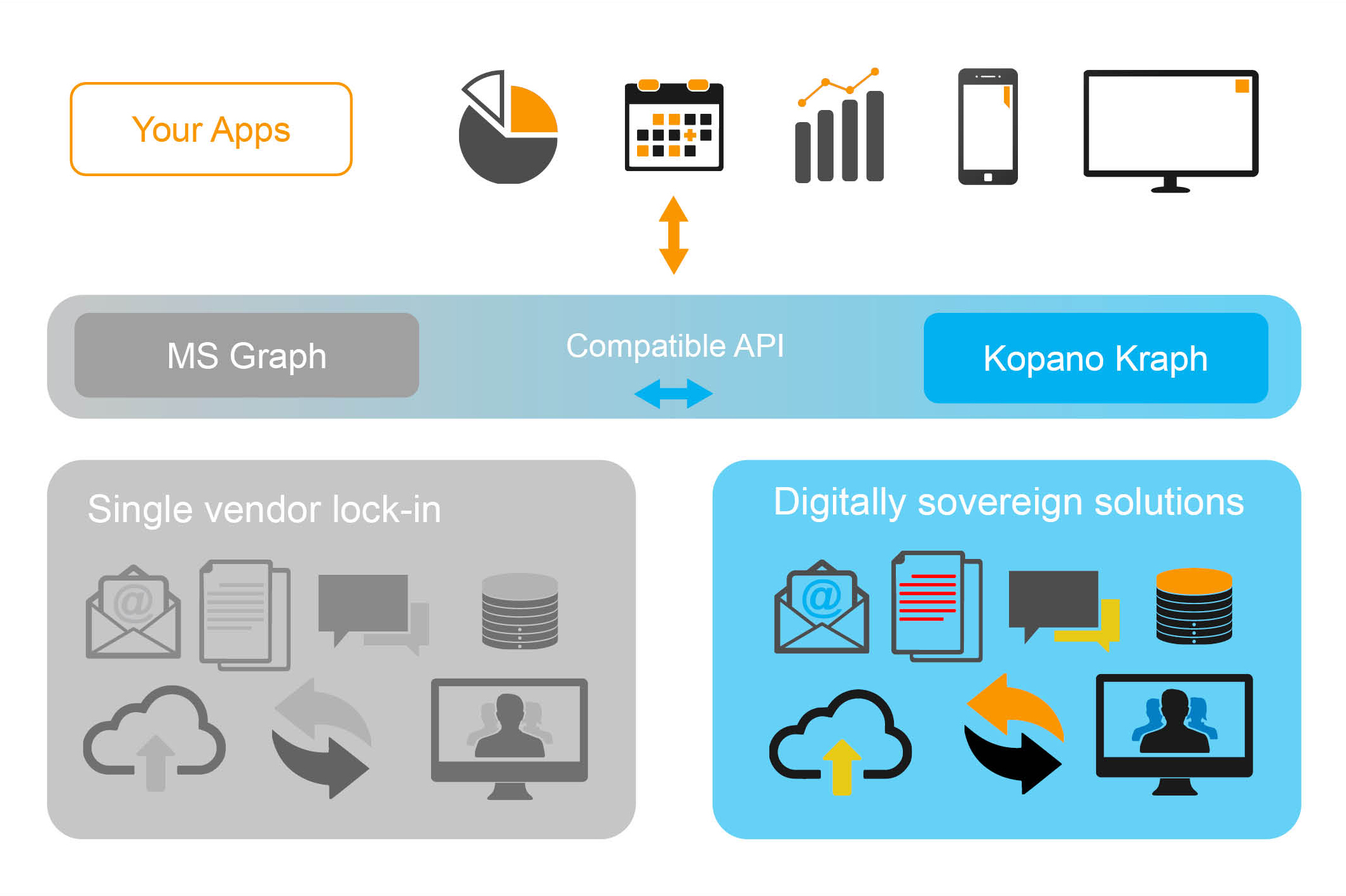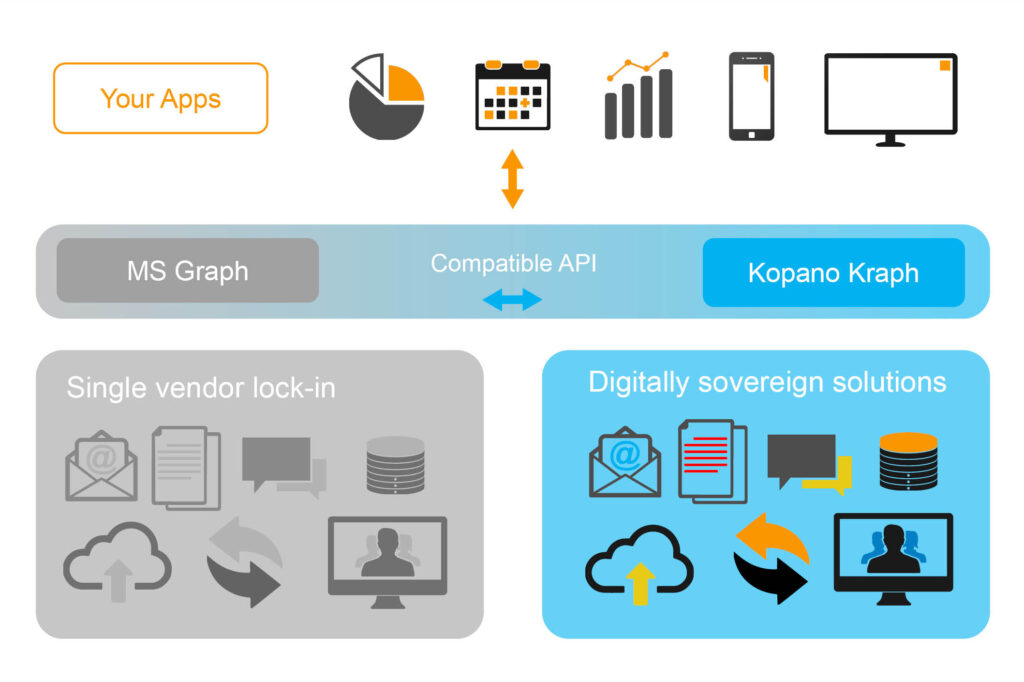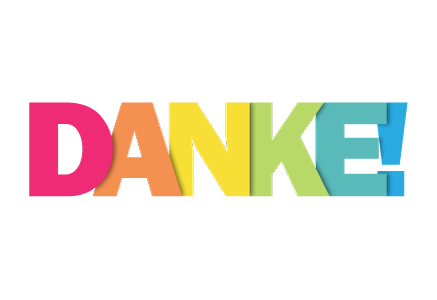I am an “as-well-as” fan. On the one hand, I want to have digital sovereignty, i.e. be independent of top dogs like Microsoft. On the other hand, various workflows have become part of my routine because they have proven themselves and make my daily work easier – even if it’s just a familiar mini-routine for editing text or the variety of design templates for presentations. So far, I have had an “either-or” choice. Either I use a full open source alternative, either on premise or cloud-based, such as the really excellent UCS solution from univention or maybe even the new alternative SPS. Or I continue to use MS and add individual open source programmes that cannot be integrated into e.g. MS365. For these, an interface to MS would first have to be created to make them compatible. In other words, I work with a kind of patchwork.
“As-well-as” instead of “either-or”
Kopano is now coming up with just such an “as-well-as” solution. It is called Kopano Kraph and is compatible with the RestAPI from Microsoft Graph, which provides access to the Microsoft Cloud. A brief side note for the non-technical among us: most people probably know what an API (Application Programming Interface) is – an interface through which two different systems can communicate with each other, e.g. a server and a programme. REST is something like the corresponding grammar, with which communication takes place according to certain rules and structures.
REST is the abbreviation for “Represential State Transfer” and was first used by Roy Fielding, an US-American computer scientist and one of the main authors of the HTTP specification, in his doctoral thesis. REST contains 5 laws, at least 3 of which must be met to be considered a “RESTful API”. REST is the first choice especially for web applications because it allows connecting to cloud services and ensures interaction.
Kopano Kraph for third-party providers
In addition, Kopano Kraph is of course open to all providers. Third-party providers whose software can work with data from MS 365 can also work with the data of a digitally sovereign software like Kopano via Kraph. Thanks to the great compatibility, switching from Graph to Kraph is a breeze.
Kopano Kraph – your data, your terms and stay connected
Kopano Kraph offers continuity instead of interruption in the workflow and is therefore interesting from several perspectives: If I want to replace my own groupware, such as Outlook, with an open source solution like Kopano Groupware and save time and costs for the development effort of an integration, then the Kraph interface is exactly what I need. If I am a third-party provider of open source software, then a large part of my work is already done with Kopano Kraph. This is no hollow promise, as the feedback from the third-party provider “Harmonizely” demonstrates (an appointment booking app that is connected to Kopano Groupware). For further info, please read this blogpost.
“As-well-as” solutions and VUCA
VUCA is not an IT term, but comes from the context of organisational development. It is an acronym and stands for the terms Volatility, Uncertainty, Complexity, Ambiguity. These words are meant to describe our present time, especially the current conditions of business management.
Not only are we confronted with presumably ever faster changes, but we also understand ourselves and our environment as complex and interconnected and endure the simultaneity and ambiguity of situations and statements. This means that black-and-white patterns and either-or propositions are a thing of the past – at whatever level. The attitude of the present is called “as-well-as”, because it allows us to act quickly and flexibly.
These are precisely the aspects we should also expect from our digital working tools that we use every day.



